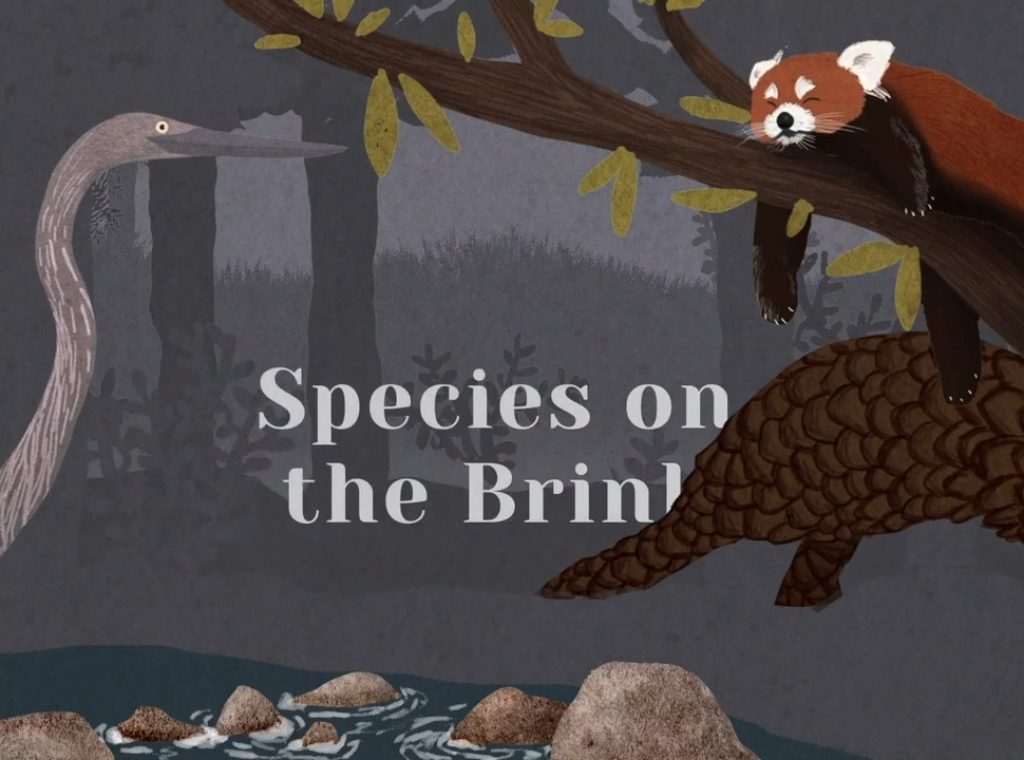The Indian Himalayan Region (IHR) is part of the larger Hindu Kush Himalayas, which is often referred to as the “water tower of Asia”. This region is divided into Western, Central and Eastern Himalayas and plays a crucial role in supporting life by providing various resources and services. However, it faces significant challenges such as loss of biodiversity and climate change, which affect both people living in the mountains and those in the areas below.
It is essential to strengthen the resilience of both the mountain ecosystem and the communities that depend on it. The IHR includes nine Indian states (Himachal Pradesh, Uttarakhand, Sikkim, Arunachal Pradesh, Nagaland, Manipur, Mizoram, Tripura and Meghalaya), two Union Territories (Ladakh and Jammu & Kashmir) and the hills of two states (North Bengal in West Bengal and Karbi Anglong and Dima Hasao in Assam).
Although it covers only 11% of the total area of the Hindu Kush Himalayas, it is home to 36% of its population and impacts over 1.2 billion people downstream. This region contains two of the world’s biodiversity hotspots and has unique ecological conditions that have led to a rich variety of plant and animal life. Despite its contributions, the IHR is vulnerable to climate change, with predictions of temperature increases of up to 5 °C by 2100, leading to the melting of two-thirds of its glaciers. This would have severe effects on biodiversity and the communities that rely on these resources.
The ATREE team in the Eastern Himalayas has over 25 years of experience in generating knowledge, developing regional capacity and promoting sustainable livelihoods in Sikkim Himalayas and North Bengal. We have a long-term engagement with conservation planning and management in Assam. This history underpins ATREE’s strategy for addressing critical needs in knowledge generation and outreach for the IHR.
ATREE has developed a ten-year strategy called The Himalaya Initiative (THI). Project AMP-Himalaya is backed by funding support from donors for the five-year project period.

There is enough evidence to show IHR is not fully explored. Besides, the region faces significant challenges, including illegal wildlife trade and habitat degradation. We focus on biodiversity exploration, monitoring and conservation; restoring degraded landscapes; and managing and enhancing ecosystem services. A long-term biodiversity monitoring plan is underway.
Changes in land use and land cover have led to the depletion of natural resources and have adversely affected access to livelihoods. We focus on monitoring bio-resources use, promoting nature-based products and supporting nature-based entrepreneurship for sustainable and healthy food systems.


The region has been witnessing increased risks from natural disasters and rising vulnerabilities of its people. Our thrust is on developing scenarios, improving and optimising bio-resources, managing water resource use, promoting climate resilient agriculture, preparing for disasters and mitigating impacts.
We focus on creating spaces for building capacities, sustainable livelihoods, environmental education, restoration and corridor development, shaping public policies and innovating to conserve biodiversity and achieve sustainable development.


The Academy for Conservation Science and Sustainability Studies at ATREE has put together PhD and MSc dissertation plans focusing on research in the priority regions under THI. Two fellowships have been set aside for candidates who will base their study in the Indian Himalayan Region and the selection process is underway. The Academy also runs certificate courses and develops school programmes.




